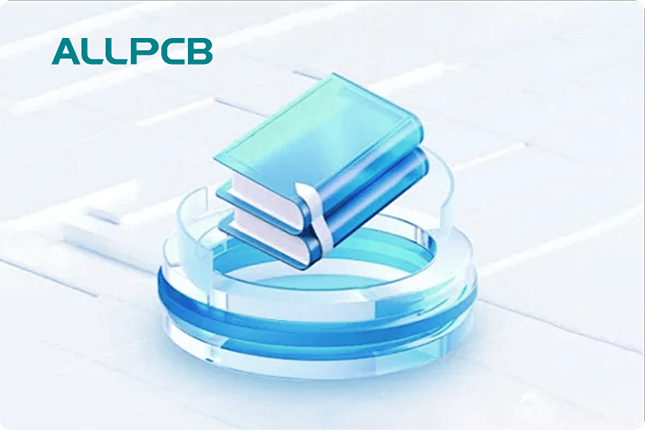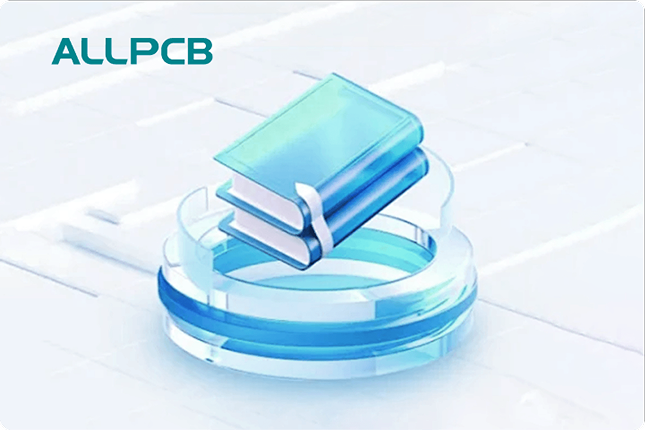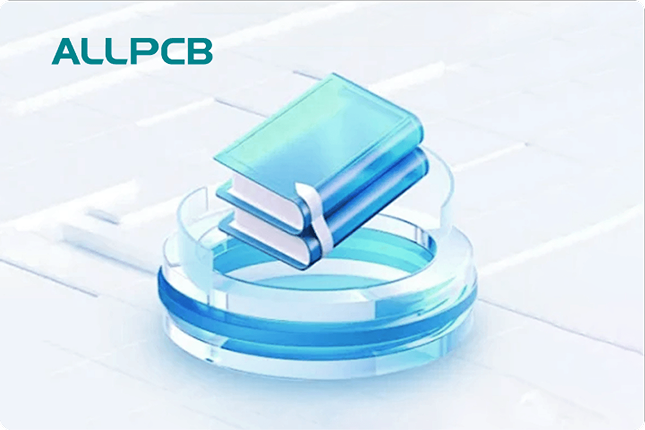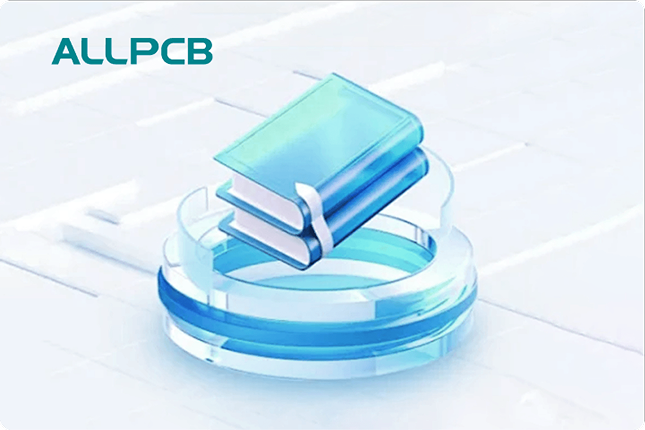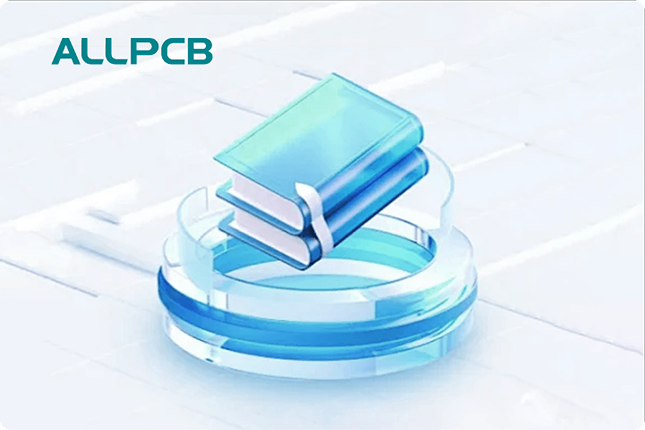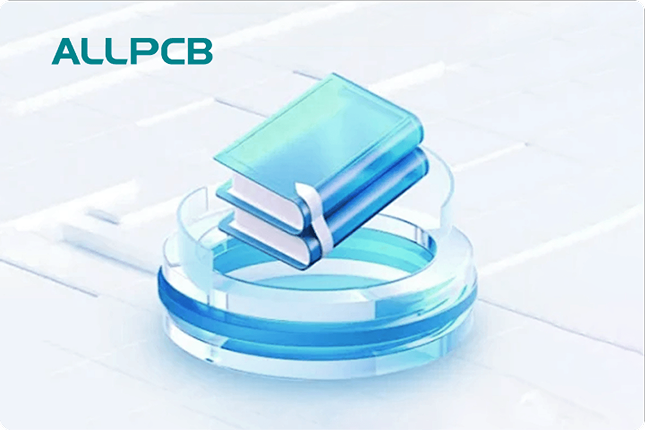In the ever-evolving world of electronics, LED PCB technologies are at the forefront of transforming how we illuminate our spaces. From next-generation LED PCBs to flexible lighting and micro-LEDs, these innovations are shaping a brighter, more efficient future. If you're curious about what lies ahead, this blog dives deep into cutting-edge advancements like transparent PCBs, 3D printed PCBs, advanced thermal management, and quantum dot LEDs, offering insights into how they’re revolutionizing lighting solutions.
At ALLPCB, we’re passionate about supporting engineers and designers with the latest in PCB technology. Let’s explore these groundbreaking developments and see how they can impact your projects in 2025 and beyond.
Why LED PCB Technologies Are the Future of Lighting
LEDs have already changed the lighting industry with their energy efficiency and long lifespan. But the real game-changer lies in the printed circuit boards (PCBs) that power them. Modern LED PCBs are not just about connecting components; they’re about enhancing performance, reducing heat, and enabling designs that were once unimaginable. Innovations in this space are solving critical challenges like heat dissipation and design constraints, while opening doors to flexible and transparent lighting solutions.
In this post, we’ll break down the most promising technologies in LED PCBs, focusing on how they address real-world needs and push the boundaries of what lighting can achieve. Whether you’re an engineer designing the next big product or a hobbyist exploring new ideas, these advancements offer exciting possibilities.

Next-Generation LED PCBs: Powering Efficiency and Performance
Next-generation LED PCBs are built to handle the increasing demands of modern lighting systems. These boards are designed with advanced materials and layouts to support higher power densities while maintaining reliability. One key focus is improving electrical conductivity to minimize energy loss. For instance, using high-quality copper traces with thicknesses of 1-2 oz/ft2 ensures better current flow, reducing voltage drops and enhancing overall efficiency.
Moreover, these PCBs often incorporate multi-layer designs to separate power and control circuits, reducing electromagnetic interference (EMI). This is crucial for applications like smart lighting, where sensors and wireless modules are integrated directly onto the board. By optimizing signal integrity, next-generation LED PCBs ensure consistent performance even in complex setups.
The impact? Lighting systems that last longer, consume less power, and perform reliably in demanding environments like automotive or industrial settings. As these technologies evolve, expect even smaller footprints with higher output, making them ideal for compact devices.
Flexible Lighting: Bending the Rules of Design
Flexible lighting is redefining how we think about illumination. Thanks to flexible PCBs, LEDs can now be integrated into curved surfaces, wearable devices, and even clothing. These boards are made from materials like polyimide, which can withstand repeated bending without breaking. This opens up possibilities for applications like flexible display screens, automotive interior lighting, and medical devices.
For example, in automotive design, flexible LED PCBs allow for seamless integration into dashboards and door panels, creating ambient lighting that enhances both aesthetics and functionality. The ability to conform to irregular shapes also reduces assembly costs, as fewer components are needed to achieve the desired effect.
What sets flexible lighting apart is its adaptability. Engineers can create prototypes with bending radii as tight as 10mm, ensuring that the PCB maintains structural integrity under stress. This innovation is a cornerstone of modern design, offering endless creative freedom.

Transparent PCBs: Invisible Innovation for Sleek Designs
Transparent PCBs are one of the most visually striking advancements in LED technology. Made from materials like glass or specialized polymers, these boards allow light to pass through, creating a near-invisible foundation for LEDs. This is particularly useful in applications like architectural lighting, where the focus is on the light itself rather than the hardware behind it.
Imagine a glass storefront with embedded LEDs that illuminate promotions without obstructing the view. Transparent PCBs make this possible by providing a substrate that blends seamlessly into the environment. They also support high thermal conductivity, ensuring that heat doesn’t compromise the clarity or performance of the board.
While still in the early stages of widespread adoption, transparent PCBs are gaining traction in premium markets. Their ability to combine functionality with aesthetics makes them a go-to choice for designers looking to create minimalist, futuristic lighting solutions.
3D Printed PCBs: Custom Solutions at Your Fingertips
3D printed PCBs are revolutionizing how engineers approach LED lighting design. Unlike traditional manufacturing, which often requires complex tooling and long lead times, 3D printing allows for rapid prototyping and customization. Using conductive inks and advanced printers, entire circuits can be printed layer by layer, embedding LEDs directly into the structure.
This technology is especially valuable for creating complex geometries that standard PCBs can’t achieve. For instance, 3D printed PCBs can form three-dimensional shapes, integrating lighting into objects like sculptures or furniture. They also reduce material waste, making them a sustainable option for environmentally conscious projects.
Current advancements in 3D printing technology allow for resolutions as fine as 0.1mm, ensuring precision in trace widths and component placement. This level of detail supports high-performance LED systems, even in experimental designs. As costs decrease and accessibility improves, 3D printed PCBs are set to become a staple in innovative lighting solutions.

Advanced Thermal Management: Keeping Cool Under Pressure
Heat is the enemy of LED performance. Excessive temperatures can reduce lifespan and efficiency, leading to costly failures. That’s where advanced thermal management in LED PCBs comes in. Modern designs use metal core PCBs (MCPCBs), often with aluminum substrates, to dissipate heat effectively. These boards have thermal conductivities ranging from 1 to 4 W/mK, far surpassing traditional FR4 materials.
In addition to material improvements, innovative layouts prioritize heat distribution. For example, placing thermal vias—small holes filled with conductive material—near high-power LEDs helps transfer heat to a dedicated heat sink. Some designs even integrate microchannels for liquid cooling, though these are more common in high-end applications.
Effective thermal management ensures that LEDs operate at optimal temperatures, maintaining brightness and extending lifespan. For engineers, this means fewer redesigns and more reliable products, especially in demanding environments like outdoor lighting or industrial machinery.
Quantum Dot LEDs: Redefining Color and Efficiency
Quantum dot LEDs (QLEDs) are pushing the boundaries of color accuracy and brightness in lighting and display technologies. These tiny semiconductor particles emit light at specific wavelengths when excited, offering a wider color gamut and higher purity than traditional LEDs. This makes them ideal for applications requiring vivid visuals, such as high-definition displays and premium lighting.
Incorporating quantum dots into LED PCBs involves precise layering techniques to ensure uniform light emission. Recent advancements have focused on cadmium-free quantum dots to address environmental concerns, making this technology more sustainable. According to industry reports, the quantum dot market is expected to grow significantly by 2033, driven by demand in automotive and smart building sectors.
For engineers, QLEDs offer the chance to create lighting systems with unparalleled visual impact. Whether it’s for a cutting-edge display or ambient lighting with perfect color rendering, quantum dot LEDs are a technology to watch in the coming years.
Micro-LEDs: Small Size, Big Impact
Micro-LEDs are the next big thing in lighting and display technology. These tiny LEDs, often smaller than 100 micrometers, offer incredible brightness and efficiency in a compact form factor. Unlike traditional LEDs, micro-LEDs are assembled directly onto PCBs using advanced pick-and-place techniques, enabling high-resolution arrays for applications like wearable displays and augmented reality devices.
One major advantage of micro-LEDs is their low power consumption. They achieve peak brightness with less energy, making them perfect for battery-powered devices. Additionally, their small size allows for flexible and bendable displays, merging seamlessly with flexible PCB technology.
While production costs remain a challenge, ongoing research is making micro-LEDs more accessible. As manufacturing techniques improve, expect to see them in everything from smartwatches to large-scale digital billboards, redefining how we interact with light.
How These Innovations Benefit Engineers and Designers
The advancements in LED PCB technologies are more than just technical achievements; they’re practical tools for solving real-world problems. Next-generation LED PCBs and advanced thermal management ensure reliability in high-stress environments. Flexible lighting and 3D printed PCBs offer unprecedented design freedom, while transparent PCBs cater to aesthetic-driven projects. Quantum dot LEDs and micro-LEDs push performance to new heights, delivering superior color and efficiency.
For engineers, these technologies translate to faster prototyping, reduced costs, and products that stand out in competitive markets. Designers gain the ability to experiment with shapes, materials, and applications that were once out of reach. Together, these innovations empower creators to build lighting solutions that are as functional as they are beautiful.
The Road Ahead for LED PCB Technologies
As we look to the future, the pace of innovation in LED PCB technologies shows no signs of slowing. By 2025 and beyond, we anticipate even tighter integration of smart features, such as IoT connectivity, directly into PCB designs. Sustainability will also play a bigger role, with a focus on recyclable materials and energy-efficient manufacturing processes.
At ALLPCB, we’re committed to staying ahead of these trends, providing engineers and designers with the tools and support needed to bring their ideas to life. Whether you’re working on flexible lighting for a wearable device or exploring quantum dot LEDs for a cutting-edge display, we’re here to help you navigate the future of lighting.
Conclusion: Illuminating Possibilities with LED PCB Innovations
The future of lighting is bright, thanks to the incredible strides being made in LED PCB technologies. From next-generation designs and flexible lighting to transparent and 3D printed PCBs, these innovations are solving today’s challenges while inspiring tomorrow’s possibilities. Advanced thermal management keeps systems cool, while quantum dot LEDs and micro-LEDs redefine what’s possible in color and efficiency.
For anyone involved in electronics design, staying informed about these advancements is key to creating competitive, high-performance products. With the right PCB solutions, there’s no limit to what you can achieve in the world of lighting. Let’s build a brighter future, one innovative design at a time.

 ALLPCB
ALLPCB


